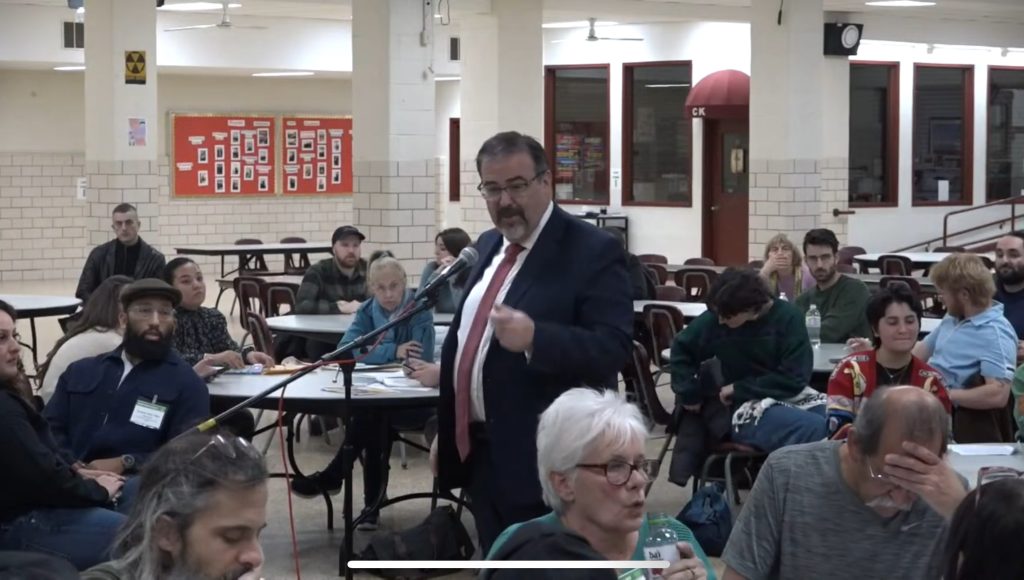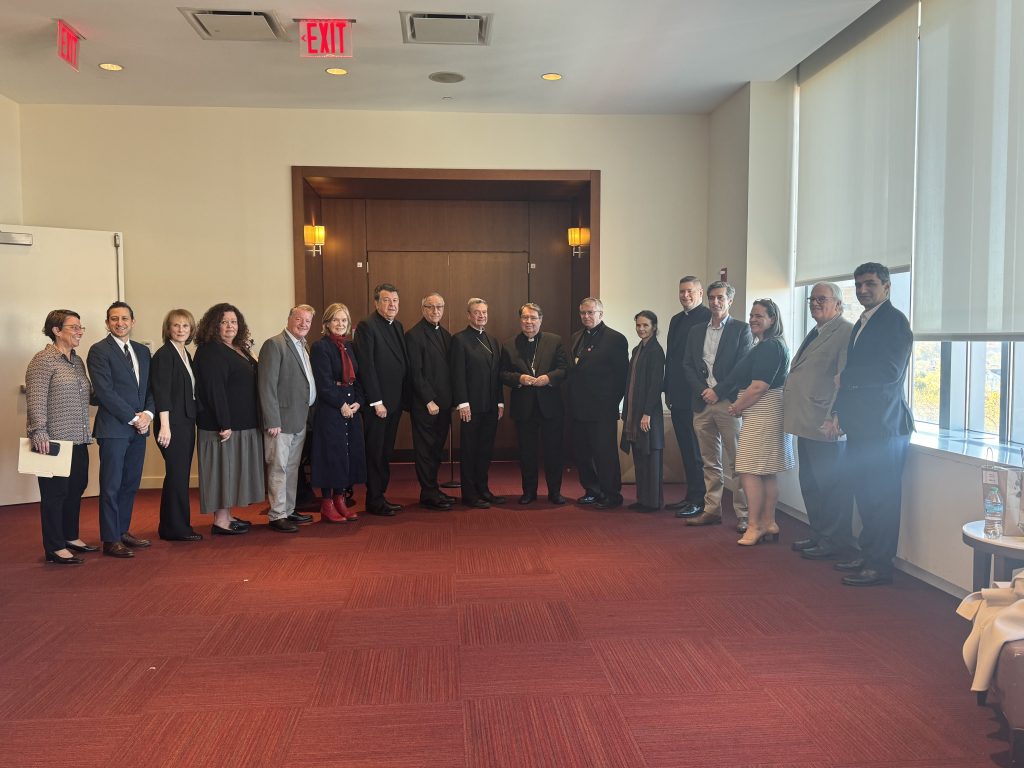Outdoor Dining Rules Leave Restaurants in Crisis
Forest Hills Bistro Dismantles Outdoor Structure Amid City Mandate


MOHAMED FARGHALY
mfarghaly@queensledger.com
After months of efforts to preserve a beloved outdoor dining structure, Nick’s Bistro on Metropolitan Avenue was forced to take down its sturdy, custom-built setup last week, following a city mandate.
The structure, which had been a lifeline for the restaurant and its staff during the COVID-19 pandemic, was dismantled by a private crew hired by owner Tom Avallone, managing partner of Nick’s Bistro located at 104-20 Metropolitan Ave, Forest Hills, who expressed deep frustration over the city’s lack of consideration for businesses like his.
“The crew, they’re efficient, clean, and careful, but this whole situation shouldn’t have come to this,” Avallone said as workers removed the structure. “The city let us build this, and now they’ve made it impossible to keep.”
The bistro, which has served the Forest Hills community for over 15 years, was among countless small businesses that invested heavily in outdoor dining setups during the pandemic. For Nick’s Bistro, this meant constructing a durable structure designed to withstand 100 mph winds, complete with heating, lighting, and safety measures.

Nick’s Bistro in Forest Hills was forced to dismantle its outdoor dining structure due to the city’s stricter guidelines, resulting in a 50% drop in staff and revenue.
However, new city regulations have forced many restaurants to either comply with stringent rules or dismantle their outdoor setups entirely. Initially, the city required compliance by November 1, but an extension to December was granted — after Avallone had already started dismantling non-essential components like the sound system and heating. The delay, he said, was a second blow to his business.
“They screwed us once by mandating this. Then they screwed us again by telling us we had an extra month after we’d already started tearing things down,” Avallone said. “It’s maddening.”
The removal has reduced the restaurant’s seating capacity from 100 to just 46, which Avallone says will devastate his business during the crucial holiday season.
“I’m going to have to cut my staff by 50%,” he said. “I can’t afford to keep the same number of employees when I’ve lost half my revenue-producing space. These are people who’ve been with me for years, and now they’re wondering how they’ll pay their bills or buy Christmas gifts for their kids.”
The loss of the outdoor dining structure is also expected to deter a significant portion of Nick’s customer base. Elderly patrons, who preferred the outdoor area during flu and COVID seasons, are reluctant to dine indoors.
“They’ve already told me they don’t feel comfortable being inside, even with the heaters,” Avallone said. “These are loyal customers, and now I’m losing them too.”
The financial impact is staggering. Between dismantling the structure, lost revenue, and additional costs, Avallone estimates the total loss to be “hundreds of thousands of dollars.” He also criticized the city’s handling of the situation, particularly the decision to allow businesses to extend their permits only if they paid application fees for the following year.
“It’s legalized extortion,” he said. “They made us pay for something we couldn’t even use.” A Broader Problem for Small Businesses Avallone also pointed to larger systemic issues with the city’s outdoor dining policies. He argued that the city failed to distinguish between well-maintained structures like his and those that had become eyesores or health hazards.

The owner, Tom Avallone, calls for clearer policies to support small businesses struggling to adapt.
“The city let some places fall apart, and those should’ve been removed,” Avallone said. “But our structure was built with integrity. Instead of evaluating each one individually, they lumped us all together and punished everyone.”
Adding to his frustration, Avallone said the city hired hundreds of inspectors to enforce compliance but failed to conduct thorough assessments. “I spent 45 minutes presenting my case to the Department of Transportation, showing them 3,000 signatures from customers who wanted the structure to stay. They didn’t care. It all fell on deaf ears.”
A Heartbreaking End for a Community Staple Nick’s Bistro has been a cornerstone of Forest Hills for over a decade, fostering a sense of community among its patrons and employees. Many customers expressed their dismay as the structure was taken down.
“People driving by have been stopping to sign our petition,” Avallone said. “They tell us we’re an invaluable part of the community, and they’re heartbroken to see this happen.”
The dismantling process was particularly difficult for Tom and his staff, as they watched years of hard work reduced to rubble. “This wasn’t thrown together with pallets. It was built to last,” he said. “Now, everything’s being thrown away — the plants, the materials, everything. It’s heartbreaking.”
Looking ahead, Avallone is uncertain about the future of his business. “I’m losing my volume discounts on food because I can’t order as much, and I’m losing my staff, my customers, and my ability to operate during the busiest time of year,” he said. “All because the city didn’t do its job properly.”
Despite the challenges, Tom remains committed to serving his community. “This isn’t just a business — it’s a family,” he said. “We’ve been here for 15 years, and we’ll do everything we can to stay, even if the city makes it impossible.”




























